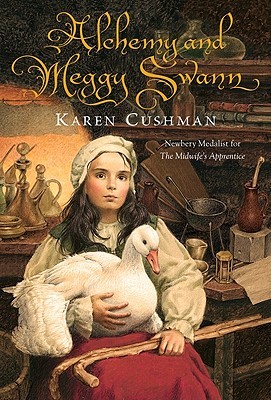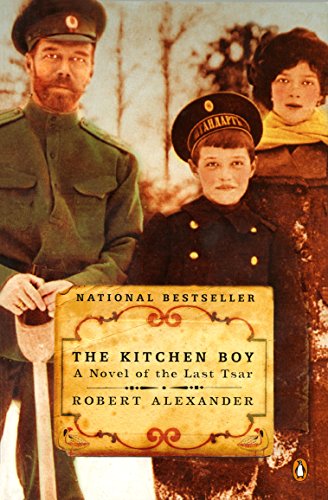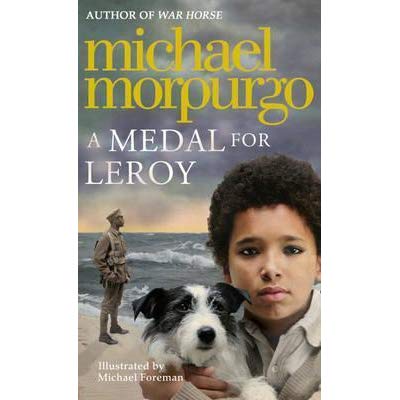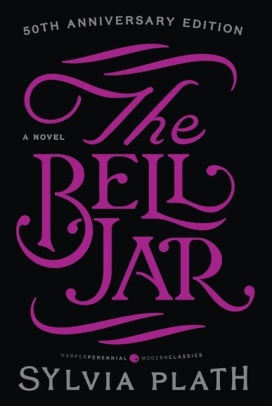
Alchemy and Meggy Swann
Karen Cushman (Young Adult Historical Fiction)
“The meeting of two personalities is like the contact of two chemical substances; if there is any reaction, both are transformed.” – Carl Jung
After the death of her gran, Margaret “Meggy” Swann is carted from Millford Village to London and unceremoniously deposited at the doorstep of her father, Master Ambrose, the local alchemist. Meggy is none too pleased with her new home: heads mounted on sticks and placed on a bridge, the smell of fish and sewage everywhere, and streets slick and slippery from horse droppings. Ye toads and vipers! What kind of place IS this London? Between a mother who was pleased to see the back of her and a father who assumes she is a beggar upon their first introduction, Meggy has found herself in a rather unenviable position. She is crippled, penniless, and friendless…unless you count her goose, Louise. But Meggy is stronger than she thinks and with the help of a cooper, a printer, and a rather smitten player, she’ll not only save a life, but she’ll manage to save a soul as well.
From her first utterance of, “Ye toads and vipers”, I fell in love with Meggy Swann. She is scrappy, sassy, resourceful, impish, loyal, and brave. She is disabled (suffering from what we would today recognize as bilateral hip dysplasia), but doesn’t seek sympathy, pity, or charity. In a time when deformity and illness were viewed as a direct judgment from God, it would have been easy for Meggy to become bitter from the taunts and jeers unmercifully thrown at her by villagers both young and old alike. While in Millford Village, she was able to stay somewhat isolated and protected within her mother’s alehouse; however, in London her lameness is on full display and it is at this moment when we see Meggy’s pluck and spirit begin to emerge. No longer will she be the meek victim of unfair slurs and prejudices. While her father is busy transforming metals in his laboratorium, Meggy is experiencing her own transformation into a strong, proud, and confident young woman who refuses to let her circumstances define or limit her.
This story is set in 1573 London and Cushman successfully transports readers to the Elizabethan Era through her usage of period-appropriate language. This requires having to adjust to the frequent occurrences of words such as naught (nothing), certes (certainly), mayhap (perhaps), belike (very likely), and sooth (truth), but given the age this book targets (12 years and above), the acclimation should be quick and painless.
There are so many lessons that one could glean from this book, but perhaps the most poignant was one that Meggy learned from a flightless goose: “Even Louise had given the girl something, the knowledge that one did not have to be perfect to be beauteous.” And that is something worth remembering, be ye toad or viper.
Rating: 5/5
* Book cover image attributed to www.goodreads.com









